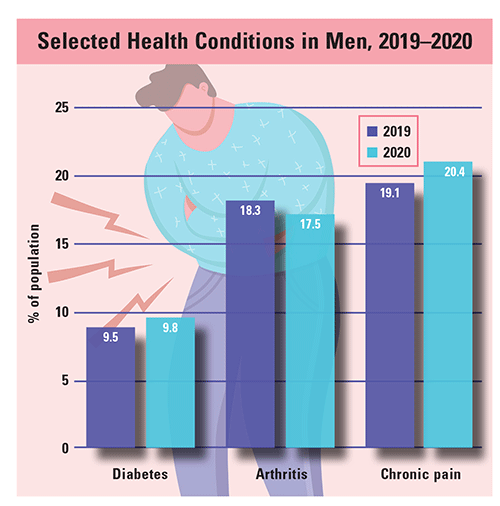US Pharm. 2022;47(2):14.
Heart disease affects 60% of the U.S. population, and 33% of deaths are caused by heart disease, stroke, and other cardiovascular diseases. These diseases are responsible for approximately 868,000 deaths each year. Adults with severe congenital heart defects (CHDs) have a greater likelihood of developing congestive heart failure (4.3%), stroke (1.4%), and depressive symptoms (15.1%) compared with adults without CHDs. More than 16% of adults with CHDs experience functional limitations.

Contributors to Valve Malfunction: Certain diseases contribute to malfunctioning of the heart valves, including myocardial infarction, which can damage the muscle that controls valvular opening and closing. Marfan syndrome, a rare connective-tissue disease that mostly affects patients aged 10 to 24 years (18.8-32.3 per 100,000 population), causes heart-valve malfunctioning in one in 5,000 patients. The incidence of valvular disorders has been linked to aging, as well as to rheumatic heart disease (annual incidence 20,000); endocarditis (29,000); thoracic aortic aneurysm (200,000); aortic atherosclerosis (3 million); and exposure to high-dose radiation, which can cause calcium deposits on the valves.
Types of Valvular Disease: Each year, 40,000 infants are born with structural CHDs, and 25% of these babies have a critical CHD requiring surgery. CHDs are a leading cause of birth defect–related deaths during the first year of life. In 2017, 2.4 million people had a valvular heart defect in the mitral, tricuspid, aortic, or pulmonary valve. Congenital defective bicuspid aortic valve (i.e., only two cusps [flaps of tissue] instead of three) affects 1% to 2% of the population and is more common in males versus females. Rheumatic heart disease commonly affects the bicuspid mitral valve, aortic valve, or both. In a data analysis, 3,046 and 24,811 CHD-related deaths were due to rheumatic and nonrheumatic valvular heart disease, respectively, and 25,000 deaths were due to nonrheumatic heart valve disease.
Prevalence and Severity: According to the CDC, valvular heart disease affects 2.5% of the population and 13% of persons aged 80 years and older. In 2002, 90% of the 96,000 cardiac valve operations performed annually involved the aortic and/or mitral valves. In 2017, 61% of deaths from valvular heart disease were due to aortic valve disease and 15% of deaths were caused by mitral valve disease. According to a 2020 CDC study of adults with CHDs, the prevalence rate was 2.5% higher in males than in females (51.3% vs. 48.8%, respectively). CHD was most common in non-Hispanic white patients (65.3%); rates were significantly lower in non-Hispanic black (21.7%), Hispanic (9.5%), and other non-Hispanic patients (3.4%). Most patients (71.3%) had nonsevere CHDs; the remaining 28.7% had severe CHDs.
The content contained in this article is for informational purposes only. The content is not intended to be a substitute for professional advice. Reliance on any information provided in this article is solely at your own risk.
To comment on this article, contact rdavidson@uspharmacist.com.





